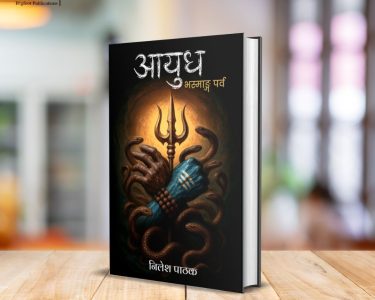In a world where buzzwords like “Bitcoin,” “crypto,” and “Web3” dominate conversations, most people remain intimidated by the complexity of blockchain. Sathya Prakash, who proudly calls himself The Backbench Guy, has written Blockchain Explained by the Backbench Guy not as a textbook for tech wizards, but as a relatable, engaging, and human story for everyday readers who want to understand this game-changing technology.
Sathya Prakash’s journey itself reads like a modern parable. He confesses that he never began as an expert. A curious backbencher in school, distracted yet inquisitive, he later hustled his way through multiple ventures until one unexpected real estate deal introduced him to Bitcoin. What seemed like a stroke of fortune quickly turned into disaster when his digital wallet was hacked. But instead of walking away, he plunged headfirst into the rabbit hole of blockchain.
This personal experience is what makes Blockchain Explained by the Backbench Guy stand apart from other books on the subject. It is not filled with jargon, nor is it a dry manual. Instead, Sathya Prakash uses real-life incidents, vivid analogies, and a conversational style to demystify complex concepts. Whether it’s about how tokens move, how security works, or why decentralisation matters, he breaks it down with stories that even a self-confessed “non-techie” can understand.
The book also carries an unusual narrative tone — a mix of curiosity, rebellion, and wit. For Sathya Prakash, blockchain isn’t just technology; it is a cultural force that touches economics, politics, finance, and philosophy. The mystery of its origins, particularly the unknown identity of Satoshi Nakamoto, adds to its allure, and the author captures this intrigue with a storyteller’s charm.
Beyond explaining the basics, Blockchain Explained by the Backbench Guy provides readers with hands-on tips and insights. From understanding how wallets function to exploring the idea of clawback mechanisms for retrieving lost tokens, the book gives readers both conceptual clarity and practical awareness. It encourages readers not only to learn but also to ask questions — just like a true backbencher would.
For beginners, this book is a welcome relief from overly technical guides. For professionals, it offers refreshing perspectives and stories that make them relook at blockchain beyond coding and cryptography. Most importantly, it humanises blockchain, showing how technology grows from curiosity, mistakes, and persistence.
In today’s India, where blockchain and digital currencies are rapidly shaping discussions around the future of finance and governance, Blockchain Explained by the Backbench Guy arrives as a timely contribution. It reminds us that expertise doesn’t always begin in the front row; sometimes, the most powerful insights come from the backbench.




